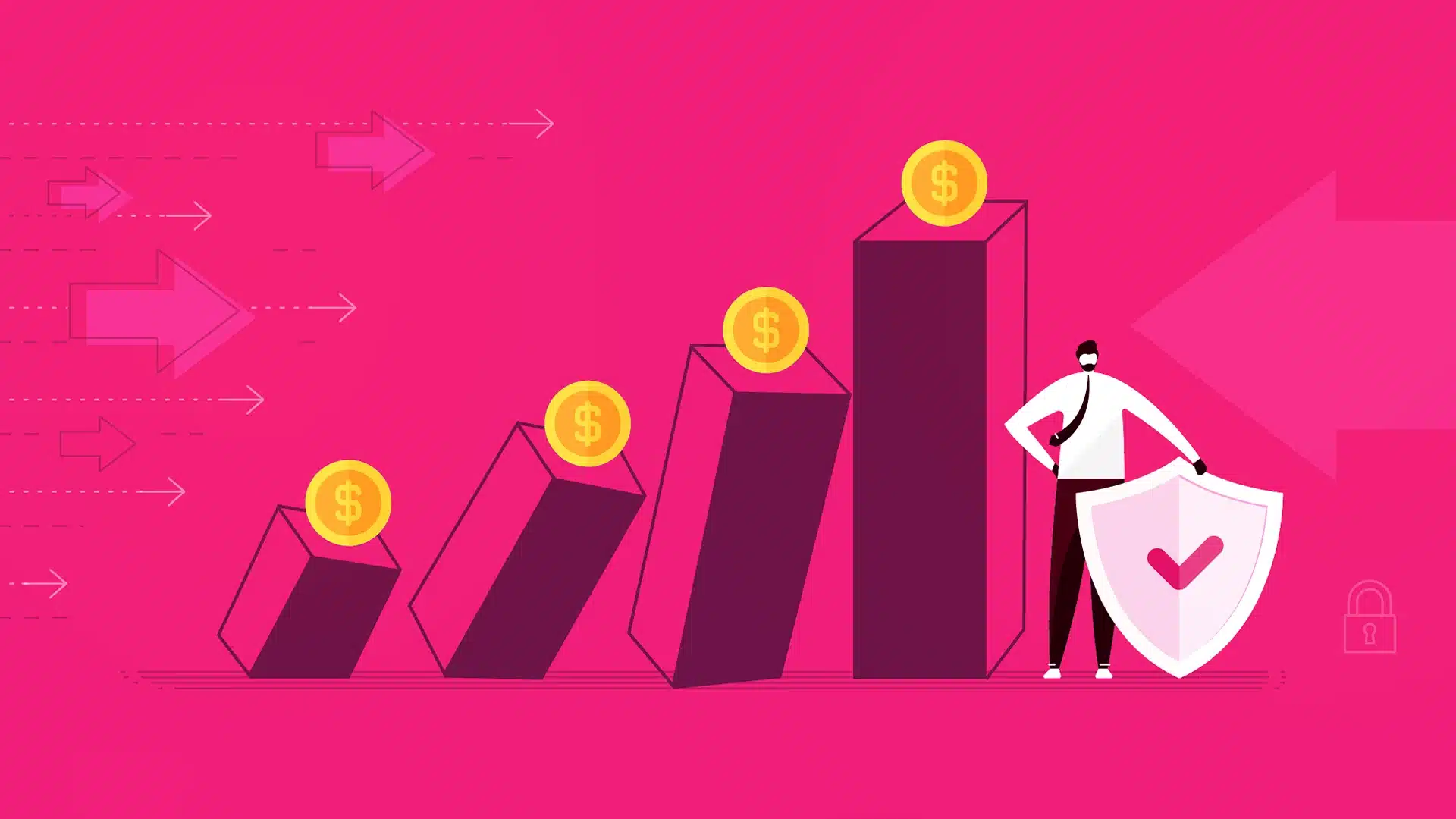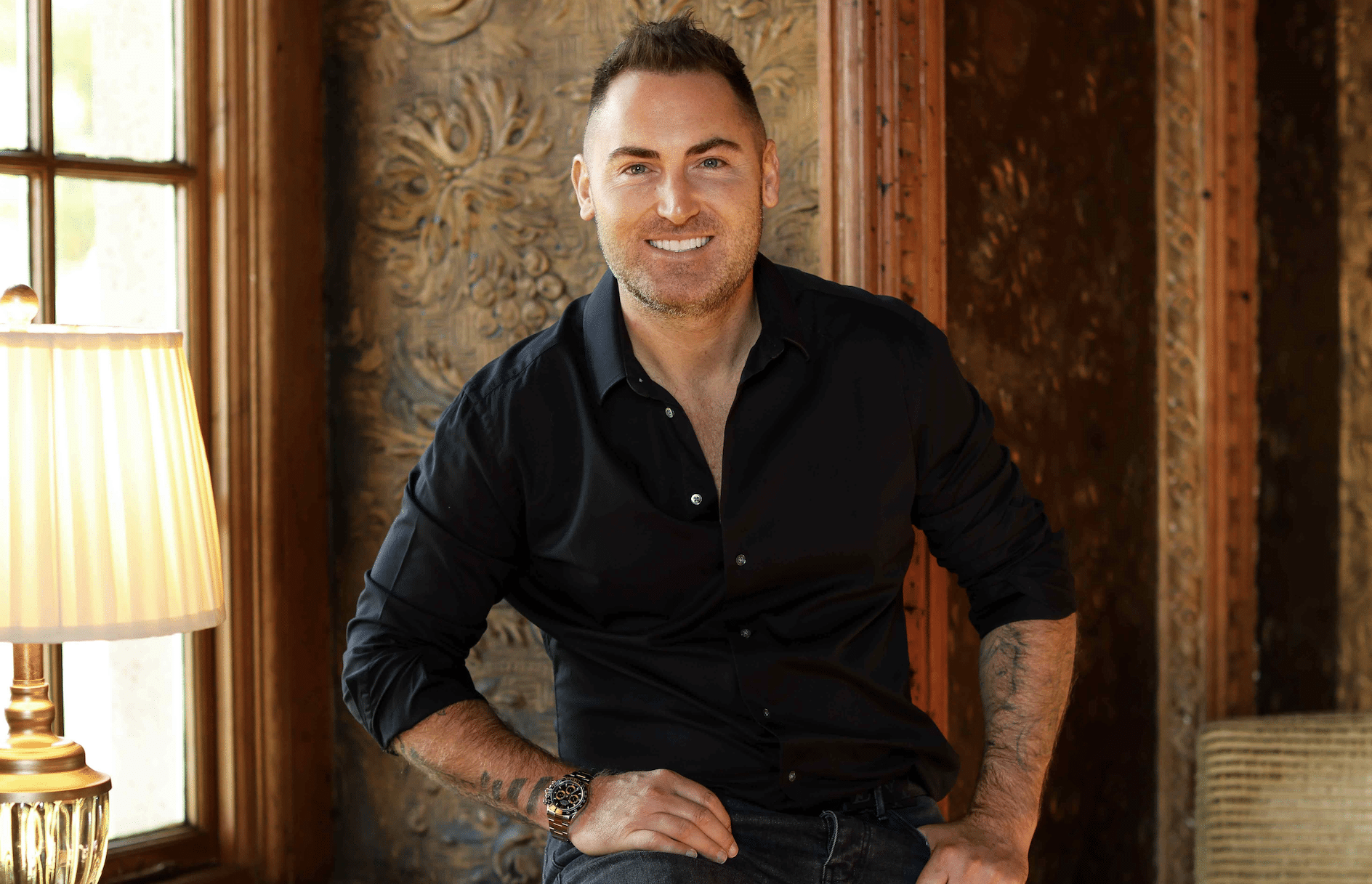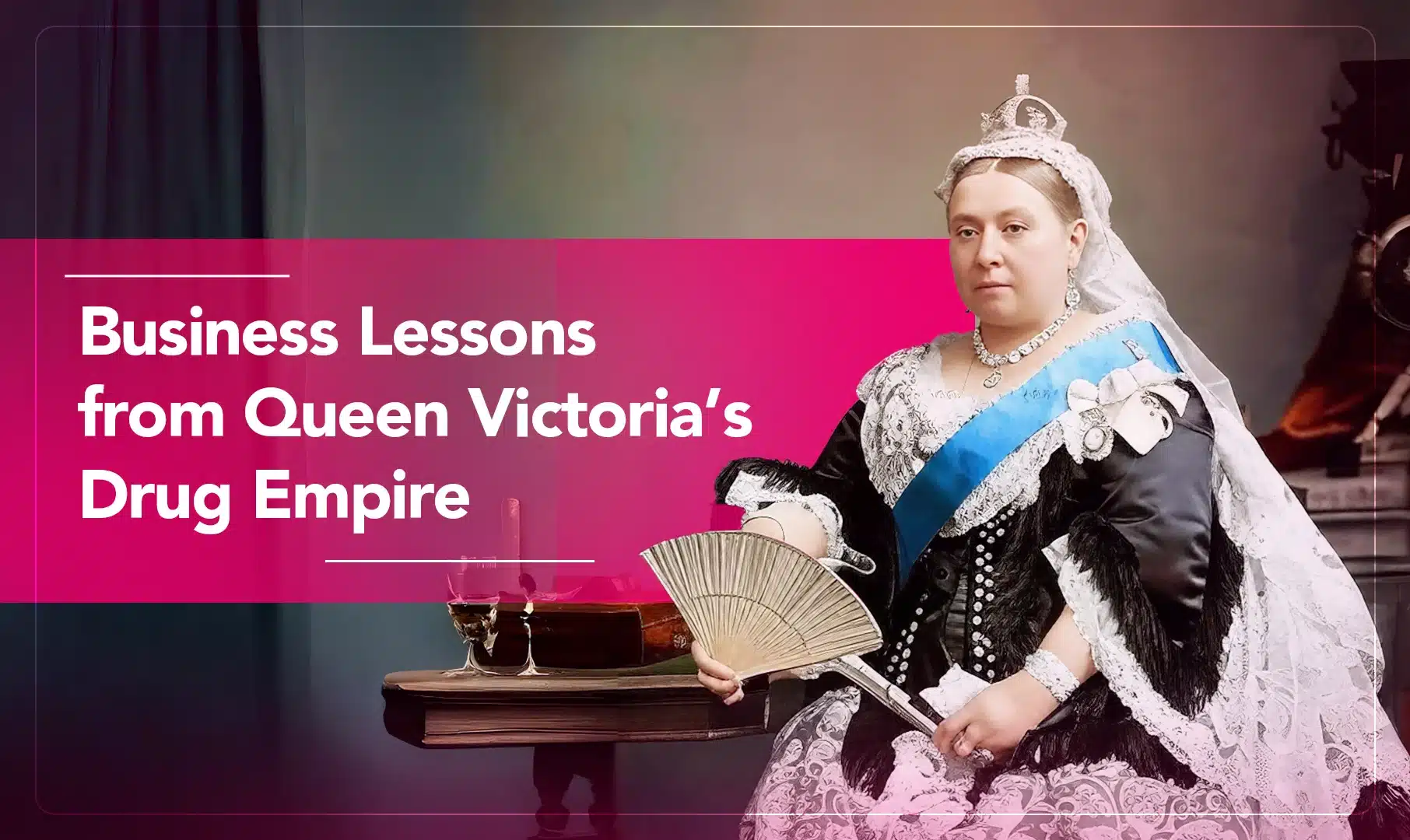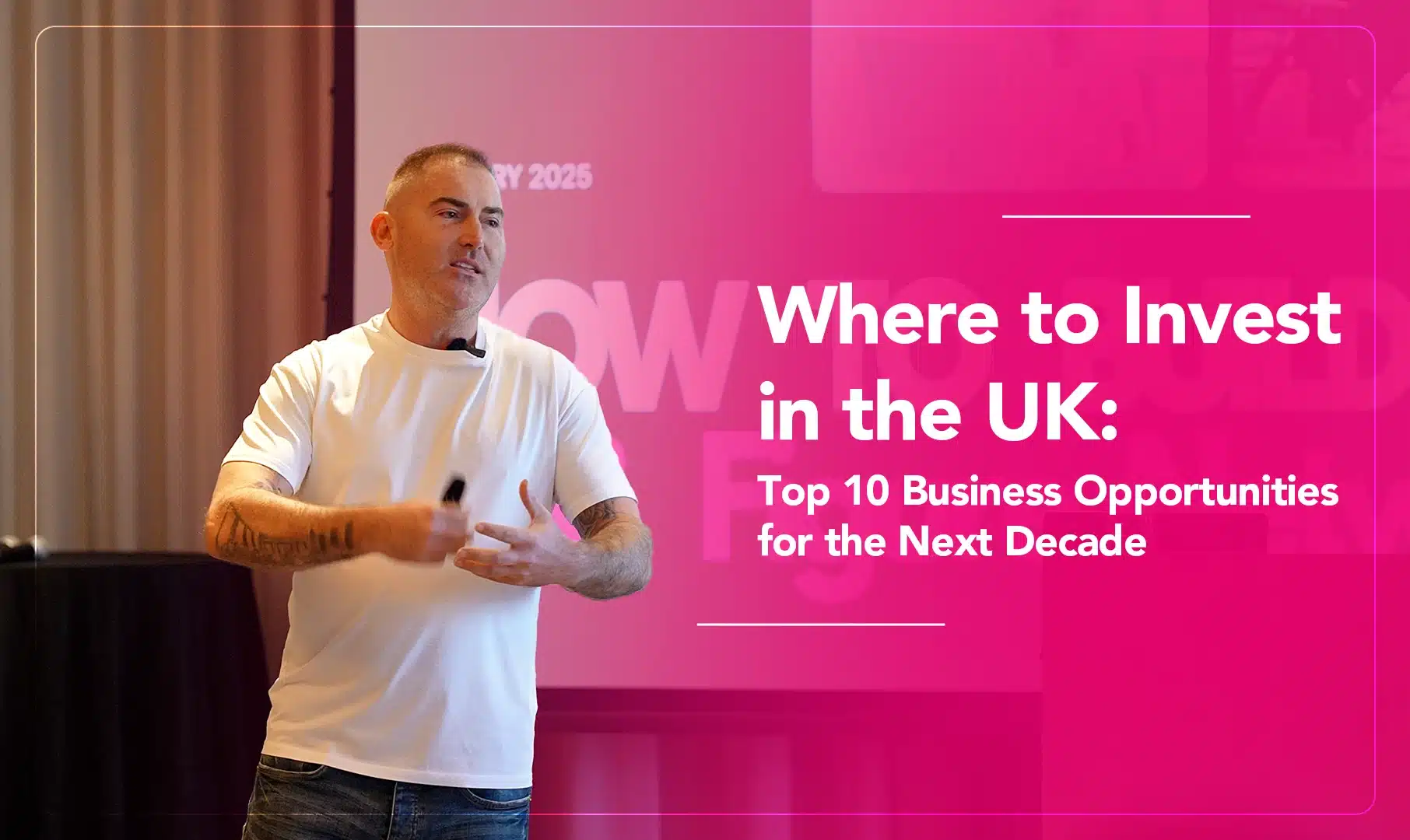Brand resilience is not just about survival, it’s about thriving in the face of uncertainty. In today’s fast-paced world, where market disruptions are inevitable, a resilient brand is one that can weather storms, adapt, and emerge stronger.
Think about the brands that have stood the test of time: Apple, Nike, Amazon. What sets them apart? It’s their ability to evolve while staying true to their core values.
If you want your brand to be one that customers trust and return to, you need to build resilience into its DNA.
Key takeaways:
- Adaptability Without Losing Core Identity – Resilient brands evolve with market trends while staying true to their values
- Strong Customer Relationships & Trust – Customer loyalty acts as a safety net, with brands like Apple and Nike excelling through consistency, innovation, and emotional connections.
- Innovation & Market Awareness – Brands that anticipate trends and pivot strategically (e.g. Amazon, Netflix, Tesla) stay ahead of disruption.
- Purpose-Driven & Socially Responsible – Consumers value brands with clear missions and ethical practices (e.g. Patagonia’s sustainability focus, Ben & Jerry’s activism).
What is Brand Resilience?
Brand resilience is the ability of a business to withstand challenges, economic downturns, industry shifts, public relations crises, and continue to grow. It’s about being adaptable without losing your essence. More than just bouncing back, it’s about bouncing forward, learning from setbacks and turning them into opportunities.
Why Brand Resilience is Critical in Today’s Market
Markets today are volatile. One day, you’re the leader in your industry; the next, a new competitor disrupts the game. Consumer trust is fragile, and a single misstep can send a brand into freefall. Companies that lack resilience crumble under pressure. On the other hand, those that embrace adaptability, customer focus, and innovation not only survive but thrive.
Characteristics of a Resilient Brand
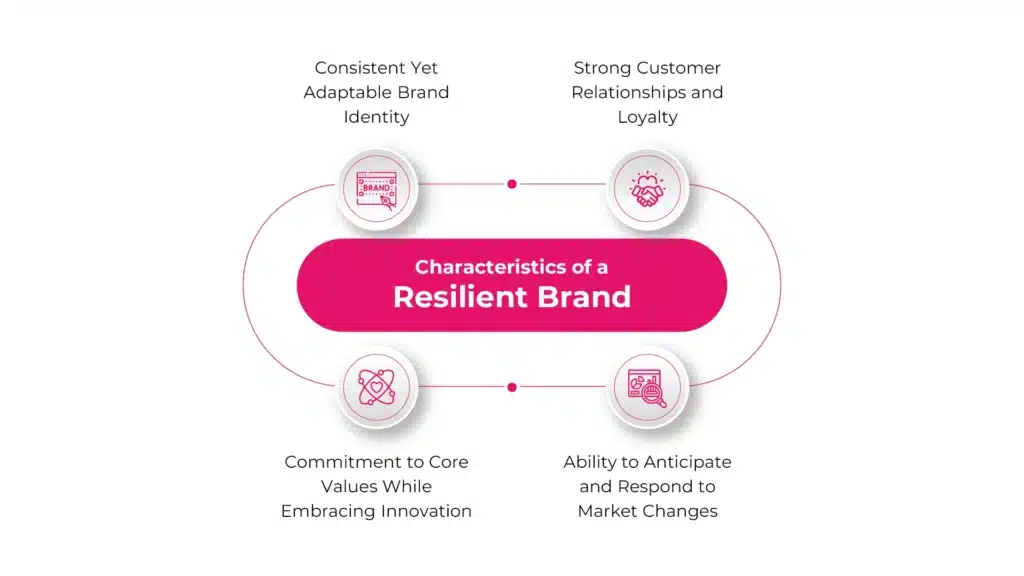
1. Consistent Yet Adaptable Brand Identity
A resilient brand maintains its core message while evolving to meet customer needs. Think of Coca-Cola – its branding has remained recognisable for over a century, yet it constantly updates its campaigns to stay relevant.
2. Strong Customer Relationships and Loyalty
Loyal customers are a brand’s safety net. When Apple releases a new iPhone, its customers don’t just buy it – they eagerly wait in line. Why? Because Apple has built trust through consistent quality and innovation. The stronger your relationship with customers, the more resilient your brand becomes.
3. Ability to Anticipate and Respond to Market Changes
Amazon is a prime example. It started as an online bookstore but quickly expanded into other markets. Its ability to foresee industry trends and pivot accordingly has made it an unstoppable force.
4. Commitment to Core Values While Embracing Innovation
Patagonia has remained committed to sustainability, even when it wasn’t trendy. This consistency, combined with a willingness to innovate, has earned them a fiercely loyal customer base.
5 Key Lessons from Market Leaders
Apple
Apple is the gold standard when it comes to brand resilience. From its early days, the company has maintained a sleek, minimalist design and a commitment to customer satisfaction. Think about the first time you unboxed an Apple product, it felt like an experience, not just a purchase. Apple invests heavily in innovation while ensuring that every new product seamlessly aligns with its brand identity. The key takeaway? Consistency builds trust. If customers know what to expect from you, they’ll keep coming back.
Nike
Nike doesn’t just sell shoes, it sells a mindset. The brand has mastered the art of storytelling, using powerful narratives that tap into human ambition and perseverance. Consider their famous “Just Do It” campaign, featuring everyday athletes alongside sports legends. Nike continuously aligns itself with cultural movements, making bold statements on social issues. By weaving an emotional connection into its marketing, Nike ensures that customers don’t just buy their products, they buy into their vision.
Amazon
Amazon has transformed from an online bookstore to the world’s most customer-centric company. Jeff Bezos built Amazon with one guiding principle: “Start with the customer and work backwards.” This obsession with customer satisfaction drives innovations like one-day shipping and personalised recommendations. If you want to build a resilient brand, put your customers first. Solve their problems before they even realise they have them.
Coca-Cola
Coca-Cola has remained a dominant brand for over a century because it understands the power of emotions. Its advertising isn’t about the drink—it’s about happiness, nostalgia, and togetherness. The “Share a Coke” campaign, where bottles were labelled with names, created a sense of personal connection. At the same time, Coca-Cola adapts its product offerings to different cultures, ensuring global appeal without losing its core identity.
Patagonia
Patagonia stands out because it refuses to compromise its values. The brand has made sustainability a core part of its identity, even encouraging customers to buy less through campaigns like “Don’t Buy This Jacket.” This authenticity has built deep trust and loyalty among its audience. A resilient brand isn’t just about making profits – it’s about making an impact.
Strategies for Building a Resilient Brand
Define Your Brand Purpose
Align business objectives with meaningful value. What do you stand for beyond making money? A strong brand purpose keeps customers engaged and employees motivated. Take a stand on something that matters. People want to support businesses that reflect their own values.
Focus on Customer Experience
Deliver consistent value at every touchpoint. Every interaction with your brand should reinforce its value. From customer service to product packaging, ensure that each touchpoint is a seamless and positive experience. Think about why people love Starbucks—it’s not just the coffee; it’s the ambiance, the friendly baristas, and the sense of community.
Stay Agile
Monitor trends and pivot strategies when necessary. The market is unpredictable. Brands that fail to adapt quickly fade into obscurity. Blockbuster didn’t see Netflix coming, but Netflix saw streaming as the future and pivoted. Stay ahead by keeping an eye on market trends and being willing to evolve.
Invest in Innovation:
Continuously improve products, services, and processes. Resilient brands never stop improving. Whether it’s Apple refining its iPhone design or Tesla pushing the boundaries of electric vehicles, innovation keeps customers excited and engaged. If you’re not growing, you’re stagnating.
Cultivate a Strong Culture
Your employees are your best brand ambassadors. If they believe in your mission, they’ll communicate that passion to customers. A strong internal culture translates into a strong external brand presence.
Leveraging Technology for Brand Resilience
Use AI and Data Analytics for Customer Insights
Understanding your customers isn’t a guessing game, it’s the foundation of brand resilience. The brands that thrive don’t just react to market trends; they predict them. AI-driven analytics allow businesses to personalise experiences, optimise marketing strategies, and anticipate customer needs before they even voice them.
Think about Spotify’s “Discover Weekly” feature. It doesn’t just recommend random songs, it curates music based on listening habits, making users feel understood on a personal level. This kind of insight-driven engagement builds trust and keeps customers coming back. Are you leveraging data to make your customers feel seen and valued?
Build Digital Ecosystems to Enhance Brand Accessibility
Your customers expect seamless, convenient experiences. Brands that integrate digital solutions, whether through mobile apps, omnichannel e-commerce, or self-service portals, create an ecosystem where customers can engage effortlessly. Amazon is a master of this. From Alexa to Prime, they make purchasing frictionless. The easier you make it for people to interact with your brand, the stronger your relationship with them becomes.
Leverage Social Media to Engage and Build Community
Social media is no longer just a promotional tool, it’s a conversation. It’s where customers expect brands to be present, responsive, and human. The brands that win don’t just post content; they engage.
Take Wendy’s Twitter, for example. Their witty, real-time interactions with customers turn a fast-food brand into a personality people want to connect with. Why does this work? Because people don’t buy from faceless corporations; they buy from brands that feel like friends.
Are you showing up in ways that make your audience feel heard, appreciated, and part of something bigger?
Overcoming Challenges to Brand Resilience
Handling Public Relations Crises with Transparency
One mistake can undo years of trust, but only if handled poorly. When a crisis hits, some brands deflect, delay, or deny, which only makes things worse. The brands that maintain resilience own up, act fast, and show genuine accountability.
Remember Johnson & Johnson’s Tylenol crisis? Instead of hiding, they pulled products from shelves, introduced tamper-resistant packaging, and prioritised public safety over profits. The result? They didn’t just recover; they became a gold standard in crisis management.
When faced with a PR challenge, ask yourself: Are you protecting your reputation in the short term, or are you building trust in the long run?
Navigating Market Disruptions (e.g. Economic Downturns, Pandemics)
COVID-19 was a wake-up call. Some brands crumbled, while others adapted overnight. Restaurants shifted to delivery models, retailers invested in e-commerce, and gyms launched virtual fitness programs. The brands that survived were those that listened, pivoted, and met their customers where they were.
The key lesson? Disruptions are inevitable, but rigidity is optional. Do you have the flexibility to evolve when the market shifts?
Balancing Short-Term Profitability with Long-Term Brand Equity
Chasing quick wins can be tempting, but at what cost? Fast fashion brands often prioritise low prices over ethical labour, only to face backlash and declining trust. Meanwhile, companies like Patagonia play the long game by committing to sustainability, even if it means sacrificing immediate profits.
What’s the bigger picture for your brand? Are you building something that will last, or just chasing the next sale?
The Role of Sustainability and Social Responsibility
Importance of ESG (Environmental, Social, and Governance) Factors in Brand Resilience
Customers today don’t just care about what you sell, they care about what you stand for. ESG isn’t a buzzword; it’s a necessity. Brands that ignore sustainability, ethics, and governance risk losing a growing base of conscious consumers.
Examples of Brands Gaining Customer Trust Through Ethical Practices
- Ben & Jerry’s openly advocates for climate action and social justice, aligning their brand with real-world issues that matter to their customers.
- Tesla disrupted the automotive industry by prioritising clean energy and making sustainability aspirational.
These aren’t just marketing stunts, they’re commitments that build long-term loyalty. What values does your brand truly stand for, and how do you show it?
Measuring Brand Resilience
Key Performance Indicators (KPIs) for Brand Strength
Resilient brands don’t just guess, they measure. Here are the metrics that matter:
- Net Promoter Score (NPS): How likely are your customers to recommend you?
- Customer Retention Rates: Are they coming back, or just passing through?
- Brand Equity: What’s the perceived value of your brand in the marketplace?
Tracking these numbers isn’t just about data—it’s about knowing where you stand and where you need to improve.
Feedback Loops for Continuous Improvement
The best brands don’t just talk, they listen. Whether through surveys, online reviews, or direct conversations, brands that truly engage with customer feedback build stronger relationships and evolve faster than their competitors.
Are you actively seeking and acting on the insights your customers provide?
Case Studies and Examples
Apple: Reinventing Itself in the Face of Adversity

Apple wasn’t always the global powerhouse it is today. In the late 1990s, the company was on the verge of bankruptcy, struggling with poor sales and internal turmoil. Then, Steve Jobs returned, and everything changed. By refocusing on innovation, design, and customer experience, Apple launched the iMac, iPod, and eventually the iPhone—products that reshaped industries and solidified Apple’s resilience. Their commitment to brand consistency and customer-centric innovation ensured they stayed ahead of the curve, proving that even giants must adapt to survive.
Netflix: Pivoting to Dominate Streaming
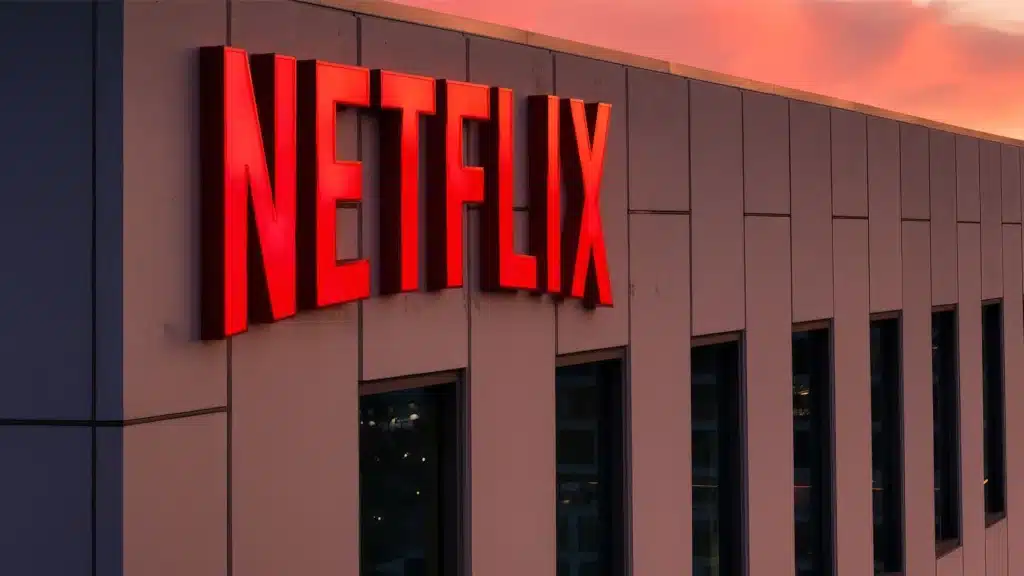
Netflix started as a DVD rental service but saw the writing on the wall with the rise of digital media. Instead of clinging to their original business model, they boldly pivoted into streaming, becoming a dominant force in entertainment. Today, despite increased competition, Netflix remains resilient through personalised content recommendations, exclusive productions, and international expansion.
Tesla: Defying Market Doubt
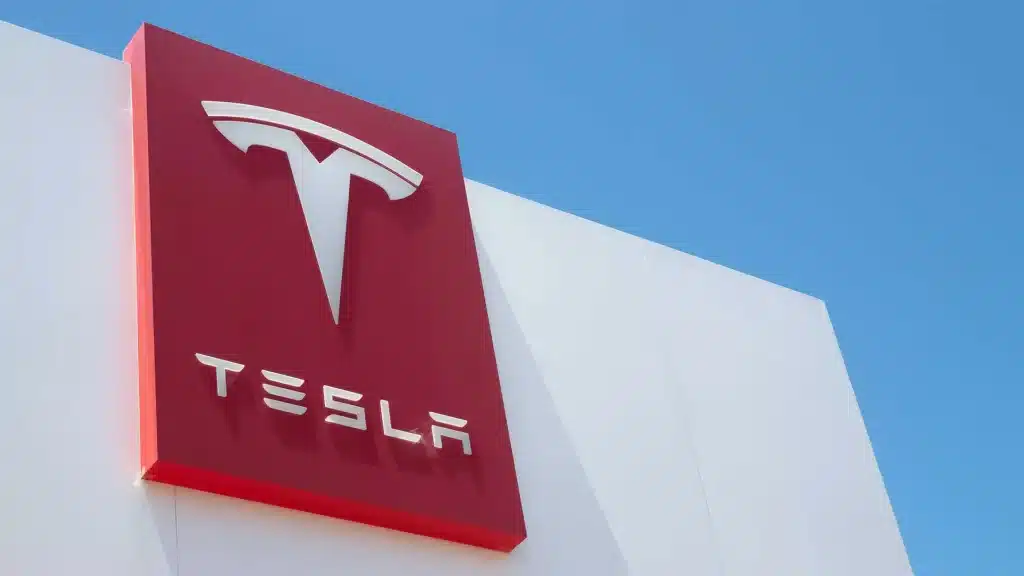
When Tesla entered the automotive industry, critics were sceptical. The electric vehicle market was small, and infrastructure was lacking. Yet, through relentless innovation, brand storytelling, and a mission-driven approach, Tesla carved out a loyal following. Their resilience lies in their ability to challenge traditional norms and continuously push the boundaries of what’s possible.
Future of Brand Resilience
The Rise of the Metaverse
The metaverse is not just a buzzword—it’s shaping how brands engage with customers. Companies are experimenting with virtual spaces, immersive experiences, and digital products to remain relevant. Those who fail to adapt risk falling behind in an increasingly digital-first world.
AI-Driven Personalisation
Consumers expect brands to understand their needs before they even articulate them. AI is enabling hyper-personalisation, tailoring experiences, content, and product recommendations to individual preferences. Companies leveraging AI-driven insights are building stronger customer relationships and future-proofing their brands.
Globalization and Market Expansion
With the internet breaking down geographical barriers, brands can reach audiences worldwide. However, resilience in a globalized market means adapting to cultural nuances, regulatory changes, and economic fluctuations. Companies that can localise their offerings while maintaining brand integrity will thrive in the long run.
Private Business Coaching with Matt Haycox
Building a resilient brand is not about luck, it’s about strategy, adaptability, and unwavering commitment to your values. Market leaders have shown us that resilience is built through customer trust, innovation, and emotional connections. If you want your brand to thrive for years to come, start by strengthening its foundation today.
Need help to get your business there? Matt Haycox provides personalised private coaching for individuals or companies looking to grow their brand. Matt helps entrepreneurs in:
- Maintaining Core Identity While Adapting: guiding businesses to evolve with market trends without losing their foundational values.
- Fostering Strong Customer Relationships: implementing strategies to build and maintain customer loyalty and trust.
- Encouraging Innovation and Market Awareness: helping clients anticipate industry shifts and embrace innovation to stay ahead.
- Emphasising Purpose-Driven and Ethical Practices: aligning business operations with core values and social responsibility to enhance brand reputation.
By leveraging Matt’s extensive experience, entrepreneurs can develop the resilience needed to thrive in today’s dynamic market landscape. Get in touch today to book private coaching with Matt Haycox.
Fancy learning more business lessons and how to grow your brand and empire? You could certainly learn a lot from Queen Victoria’s vast drug empire in the 1800s!
FAQs
What is the importance of brand resilience?
Brand resilience ensures longevity and adaptability in a fast-changing market. It helps businesses withstand economic downturns, market disruptions, and changing consumer behaviours while maintaining a strong, trusted presence.
What are the four key objectives of branding?
- Recognition – Establishing a strong identity that differentiates from competitors.
- Trust – Building credibility and reliability among customers.
- Loyalty – Creating emotional connections that encourage repeat business.
- Growth – Expanding the brand’s reach and market influence over time.
Why is resilience important in marketing?
Marketing is ever-evolving, and brands must continuously adapt to new trends, consumer behaviours, and technological advancements. A resilient marketing strategy ensures that a brand stays relevant, competitive, and capable of navigating crises effectively.
What are the three objectives of branding?
- Clarity – Defining the brand’s purpose, values, and messaging.
- Consistency – Ensuring all brand touchpoints align with its identity.
- Connection – Engaging audiences on a deeper level through meaningful interactions.
What are the 4 C’s of brand strategy?
- Customer – Understanding and prioritising customer needs.
- Consistency – Maintaining a uniform message and experience across platforms.
- Communication – Engaging with audiences in a way that resonates with them.
- Community – Building a loyal following and fostering brand advocacy.

